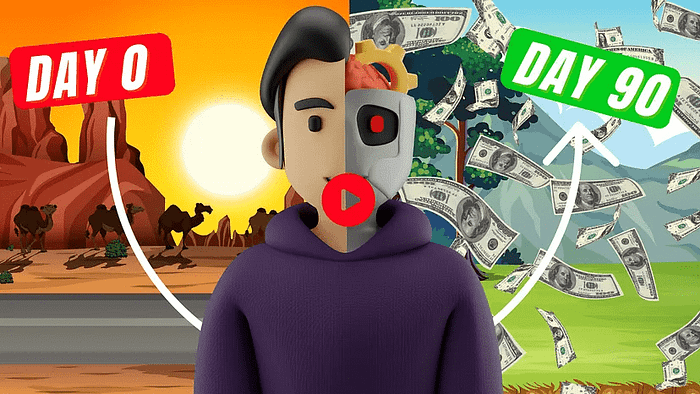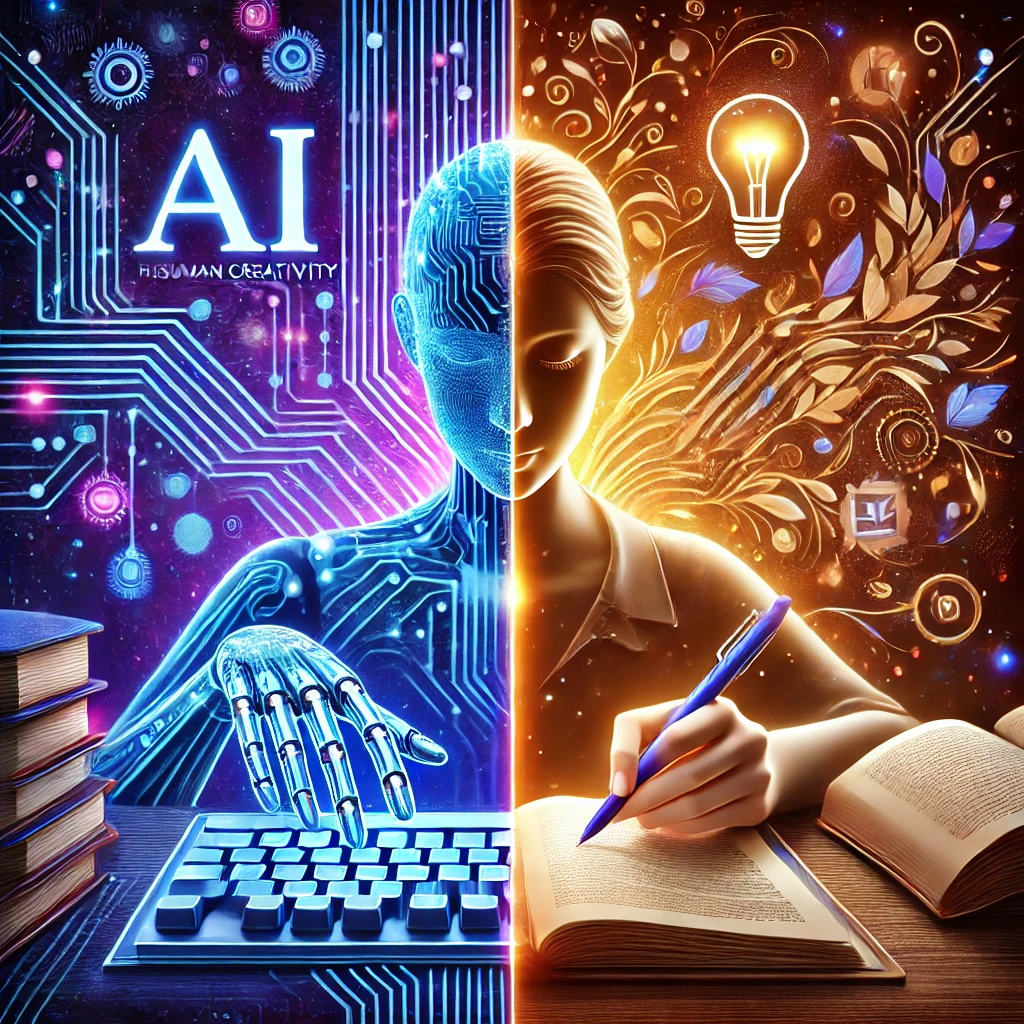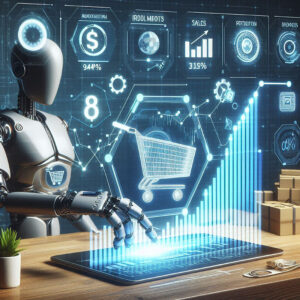The Rise of AI-Powered Personal Assistants: How They Can Boost Productivity
Gleaming with potential, AI-powered personal assistants have quietly slipped into our lives, promising to reshape how we tackle daily tasks with a blend of efficiency and innovation. As I observed this technology unfolding, I couldn’t help but marvel at its ability to streamline schedules, answer queries, and even predict needs before they’re voiced. These intelligent systems, driven by advanced algorithms and machine learning, are no longer just a futuristic fantasy—they’re here, humming in the background of our smartphones, laptops, and offices. But as I dug deeper, I realized their rise sparks a big question: can they truly replace the human touch, or are they destined to be brilliant sidekicks? What I found was a story of balance—between automation and empathy, speed and soul. In this exploration, I’ll walk you through five key lessons these assistants teach us about productivity, from their limits to their jaw-dropping strengths. By the end, you’ll see why they’re not just tools but game-changers for anyone craving a smarter way to work. Let’s dive in and uncover how these virtual helpers are rewriting the rules of efficiency.
We strongly recommend that you check out our guide on how to take advantage of AI in today’s passive income economy.
Table of Contents
AI for Productivity: The Human Touch Still Matters
As I watched AI-powered personal assistants glide through tasks with mechanical precision, I noticed something striking—they can’t quite mimic the warmth of a human heart. Take scheduling a meeting, for instance; these smart systems can slot it into your calendar faster than you can blink, syncing it across devices with flawless accuracy. But when a colleague’s voice trembles with stress or a client’s frustration bubbles over, AI stumbles. It lacks the emotional intelligence to pick up on those subtle cues—like a furrowed brow or a hesitant pause—that humans catch instinctively. I saw this clearly in customer service scenarios, where a chatbot might resolve a basic query but falter when someone needs reassurance after a billing mix-up.
Healthcare offers another vivid example: an AI can remind you to take your meds or track your vitals, but it can’t sit with you, offering a comforting word during a tough diagnosis. Humans bring empathy, intuition, and the ability to adapt on the fly—skills rooted in our messy, beautiful ability to connect. I realized that in roles like counseling, leadership, or even team brainstorming, people crave that personal rapport AI can’t fake. So, while AI-powered personal assistants shine at routine grunt work, they’re not here to steal the spotlight from human relationships—they’re here to free us up for them.
Virtual Assistants: A Cost-Effective Revolution
Peering into the world of business, I saw how AI-powered personal assistants are flipping the script on operational costs with a quiet but powerful efficiency. Unlike human employees, these virtual helpers don’t clock out, demand raises, or need coffee breaks—they just keep going, 24/7. I observed companies deploying them in customer service hubs, where they handle floods of repetitive questions like “Where’s my package?” without a hint of fatigue. The savings stack up fast: no salaries, no health benefits, no paid vacations—just a one-time investment that pays off over years.
What struck me was their scalability—need more support during a holiday rush? A few clicks, and your AI army expands, no hiring fairs required. Compare that to onboarding a new staff member, with weeks of training and paperwork, and the contrast is stark. I learned that industries like retail and tech support are leaning hard into this, slashing overhead while keeping service humming. Sure, the upfront cost of building or licensing these systems can sting, but the long-term math—fewer human hours, less downtime—makes it a no-brainer for profit-focused firms. AI-powered personal assistants aren’t just tools; they’re a lean, mean cost-cutting machine.
AI Automation: Personalization That Feels Magical
One afternoon, I watched an AI-powered personal assistant transform a mundane task into something almost enchanting—it knew me better than I expected. By sifting through data like past searches, calendar habits, and even my Spotify playlists, it suggested a meeting time that fit my rhythm and queued up my favorite chill tunes without me asking. This knack for personalization isn’t just convenient; it’s a productivity booster that feels tailor-made. I saw it anticipate needs—flagging urgent emails, recommending a lunch spot based on my tastes, even nudging me toward a workout I’d been skipping.
The deeper it digs, the smarter it gets, learning my quirks over time like a friend who’s always paying attention. I noticed this in shopping too—AI doesn’t just pitch random deals; it curates options based on my style, budget, and browsing history. But there’s a flip side: all that data collection can feel like a spotlight on your privacy. I realized users have to weigh the perks of a hyper-customized life against the unease of being so known. Still, for those who embrace it, AI-powered personal assistants turn chaos into a curated, efficient flow that’s hard to resist.
Smart Assistants: Speed and Efficiency Unleashed
Watching AI-powered personal assistants tackle workloads was like seeing a sprinter lap a jogger—they’re built for speed. I saw one churn through a pile of emails, sorting, drafting replies, and flagging priorities in seconds, while I’d still be sipping coffee, bleary-eyed. Need a report analyzed or a week’s appointments booked? It’s done before you can say “multitasking.” This relentless pace—free of breaks, burnout, or distractions—makes them productivity powerhouses, especially in high-pressure settings like tech support, where customers demand instant fixes.
What hit me was their stamina: no late-night slumps or weekend downtime, just constant output. I observed businesses harnessing this to keep operations humming around the clock—think automated order updates or real-time data crunching. But speed has limits; when a task demands creative flair or a human hunch, AI can feel flat. I learned it’s less about replacing us and more about amplifying us—handling the grind so we can focus on the genius. For anyone juggling deadlines, these smart assistants are like a turbo boost for getting things done.
AI Task Management: Automation Takes the Lead
Stepping back, I saw how AI-powered personal assistants are rewriting the playbook for everyday tasks, turning mountains of to-dos into molehills with slick automation. They can juggle your calendar, fire off emails, and even field customer queries with an accuracy that leaves little room for error. I watched one seamlessly manage a small business’s inbox—sorting orders, replying to clients, and flagging issues—all while the owner brainstormed new ideas instead of drowning in admin. This shift frees up hours, letting people pivot to big-picture thinking over micromanaging minutiae.
The ripple effect is huge: businesses cut staff for repetitive roles, slashing costs while boosting output. But I couldn’t ignore the shadow—automation sparks fears of jobs vanishing as AI takes over what humans once did. I realized it’s a double-edged sword; productivity soars, but the workforce must evolve, picking up skills AI can’t touch, like strategy or storytelling. As these assistants grow smarter, they’re not just helpers—they’re catalysts, pushing us to rethink work itself. AI-powered personal assistants are here to stay, and they’re dragging us into a faster, leaner future, ready or not.
Conclusion
Reflecting on this journey, I’ve seen AI-powered personal assistants emerge as more than gadgets—they’re quiet revolutionaries reshaping how we live and work. From their cost-saving prowess to their uncanny ability to personalize, they’re lifting the burden of routine tasks with a speed and precision humans can’t match. Yet, as I observed their limits—lacking empathy, wrestling with nuance—I understood they’re not here to usurp us but to enhance us, like a trusty co-pilot on a long flight. They excel at the mechanical, leaving the soulful stuff—connection, creativity—to us.
What’s clear is their potential to turbocharge productivity, whether you’re a business owner slashing overhead or a professional craving a streamlined day. But it’s not all rosy; privacy concerns and job shifts loom large, challenging us to adapt thoughtfully. As I pieced this together, I realized AI-powered personal assistants are a mirror—reflecting our priorities, our ingenuity, and our need to balance tech with humanity. They’re not the endgame; they’re the beginning of a smarter, bolder way to thrive. So, next time your virtual assistant chimes in with a suggestion, consider it a nudge toward a more efficient you.

We strongly recommend that you check out our guide on how to take advantage of AI in today’s passive income economy.




